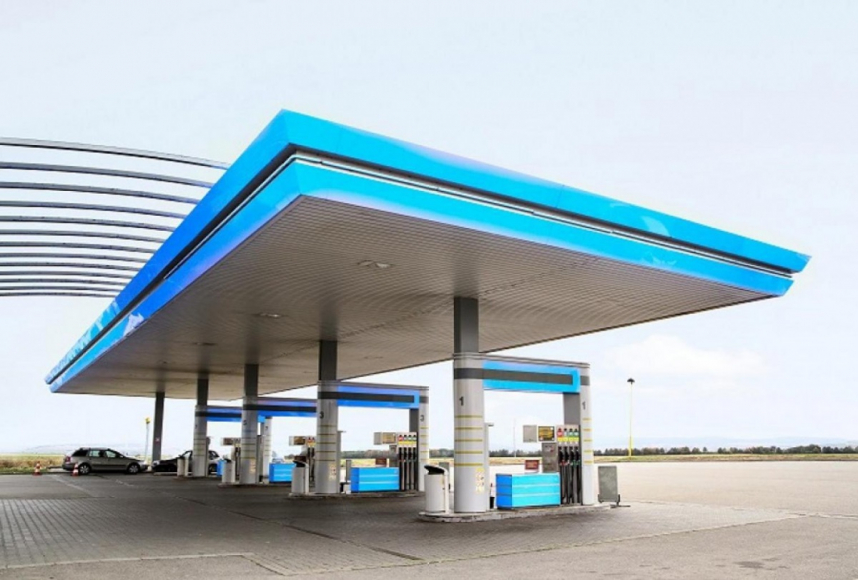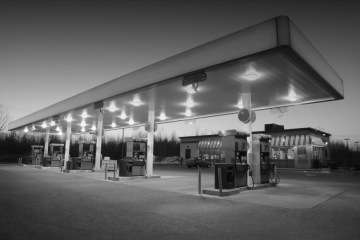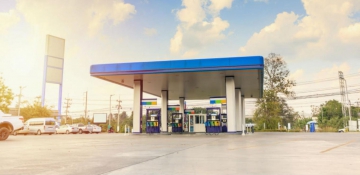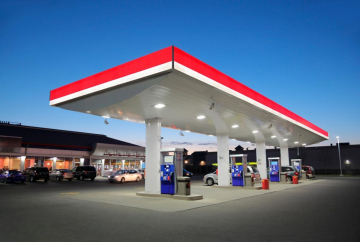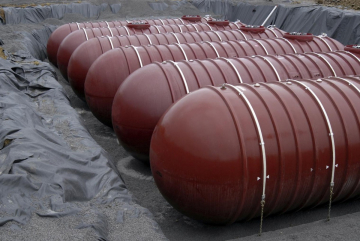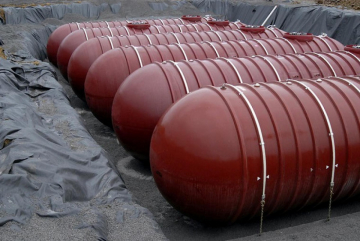The ongoing trend toward consolidation in the retail petroleum marketplace has created momentum for companies to acquire assets much more rapidly than ever before. Strong asset valuations are driving smaller portfolio sell-offs, and the industry continues to see an influx of capital from companies who wish to invest in the US.
With each new acquisition, however, there are increasing environmental compliance demands and pressures. Below are the four biggest factors driving complexity in UST operations today, along with practical solutions for how to address them.
Challenge 1: Growing Pains
The condition of tank systems and overall compliance of a newly acquired asset can often be uncertain, and some of the tank systems within a portfolio may be aging. Compliance programs for the company being purchased often don’t align with those of the acquiring organization and it can be difficult to determine who is responsible for environmental impacts identified during tank excavation activities when properties have been bought or sold multiple times.
Solutions
- “Fit for purpose” transaction and integration support solutions focus on the needs of the buyer or seller and are scalable as companies grow (based on asset base and size).
- Ongoing support and automation through an environmental management system can provide information and compliance data management.
Challenge 2: Maturing Assets
In response to the EPA’s 1988 tank regulations, many companies upgraded and replaced tank systems to meet the 1998 deadline. However, many of these tanks have not been upgraded since and the decision of whether or not to upgrade becomes increasingly complex as time passes.
Although most companies have a good understanding of their existing assets, many firms may not have adequately planned spending with tank upgrade considerations in mind for newly acquired assets.
Tank replacements can also uncover environmental impacts, drive environmental remediation activities that may disrupt operations, and require involvement by EHS teams and consultants.
Solutions
- Outsourcing compliance support to a partner like Antea Group can provide resource flex for an environmental team or department to handle the spike associated with system upgrades challenges.
- Liability forecasting solutions can help predict the environmental assessment and/or remediation costs of capital expense projects.
- Preferred subcontractors can provide procurement support based on the volume of tank removal work expected.
Challenge 3: Increasing Compliance Demands
New EPA and state regulations are requiring more routine walkthrough inspections and reporting. It’s not enough to have sophisticated equipment or monitoring systems in place; regulators are requiring visual assurance that there are no problems. Many firms have elected to hire maintenance firms to perform these inspections. When these firms identify failures in tank systems, they are prepared to immediately address these findings and implement the corrective action.
Establishing the right maintenance culture within a company is critical, as is a maintenance team that understands when to elevate and investigate, and when to implement corrective measures and close the incident.
Solutions
- Audit and quality assurance programs can ensure tank system inspectors are effectively identifying and responding to potential environmental risks.
- Training solutions (whether in person or via e-learning) educate maintenance workers on the value of incident notification and reporting.
- Documenting findings and resolutions in an information and compliance data management system helps assure compliance and consistency.
Challenge 4: A Changing Workforce
Many customer-facing retail employees also have compliance accountabilities, even if just for emergency response or small spill cleanup. Ensuring that these employees are trained appropriately can be a constant challenge, especially in the face of high rates of attrition. Additionally, with English being a second language to many, onboarding and training solutions must be simple to understand, successfully delivered, and cost-effective.
Worker turnover and hiring challenges are prevalent across the globe. Businesses that include UST operations face additional challenges with employee turnover and regulatory requirements with respect to Operator Training. An owner of a regulated active underground storage tank (UST) is required by federal and state law to train and designate at least one Class A, one Class B, and one Class C Operator for each facility. When a Class A or B Operator is replaced, a new A/B Operator must be trained within 30 days of assuming duties. Class C Operators must be trained BEFORE assuming duties.
Solutions
- Tailored training to task-based needs, including e-learning solutions that are:
- Accessible via mobile and emerging technologies to keep pace with a more technology-savvy workforce;
- Succinct and efficient;
- Impactful and relevant.
- Have an Operator Training Plan and Provider readily available.
- State-approved web-based training is available for many states.
- Some states provide free training courses while other states have a mandatory testing center.
- Antea Group offers Class A/B and C online operator training courses approved by over 20 states.
These four challenges are just a few of the obstacles UST operators are facing today. Luckily, you don't have to face these challenges alone. For more support on your UST operations, reach out to our team of experts.
Want more news and insights like this?
Sign up for our monthly e-newsletter, The New Leaf. Our goal is to keep you updated, educated and even a bit entertained as it relates to all things EHS and sustainability.
Get e-NewsletterHave any questions?
Contact us to discuss your environment, health, safety and sustainability needs today.

